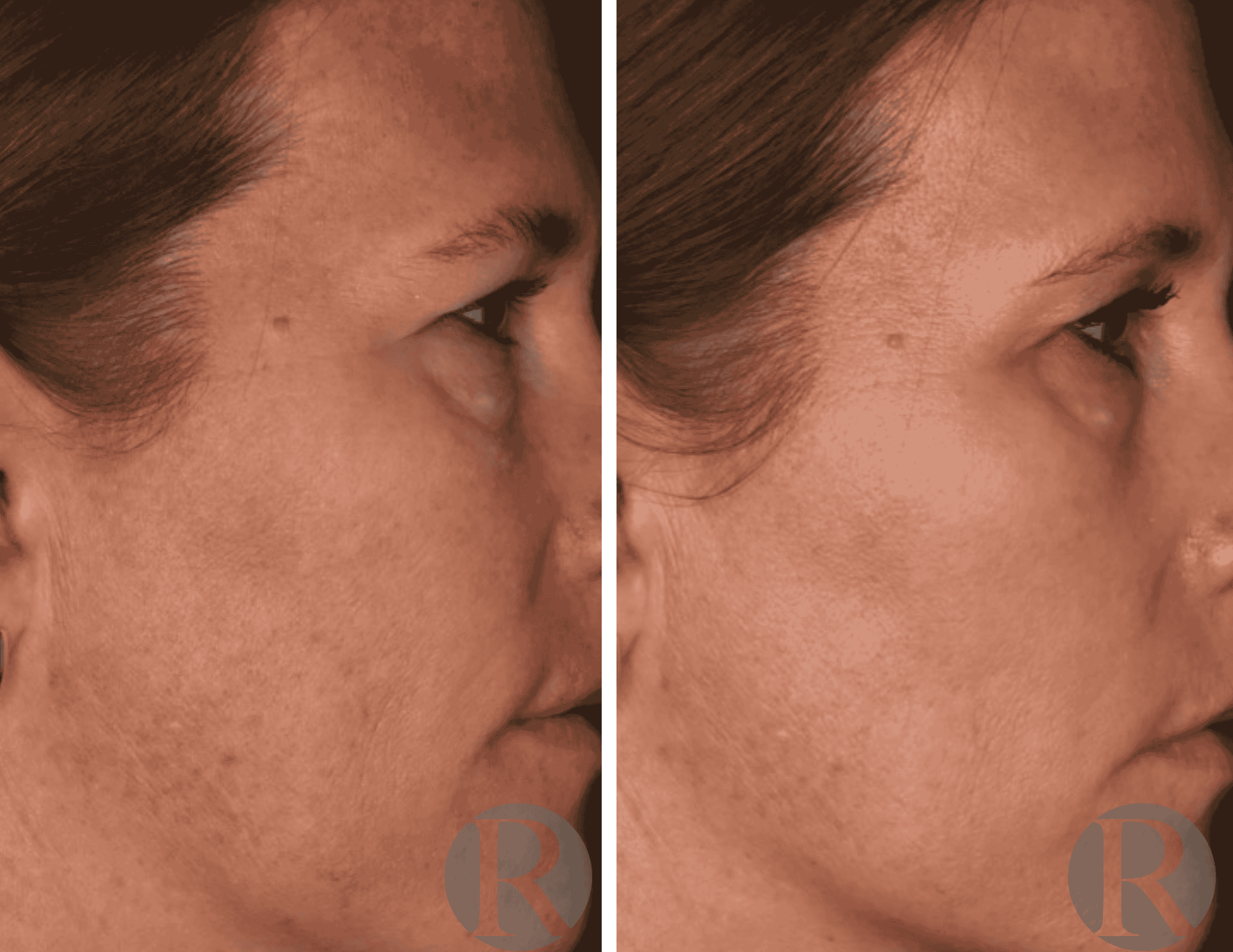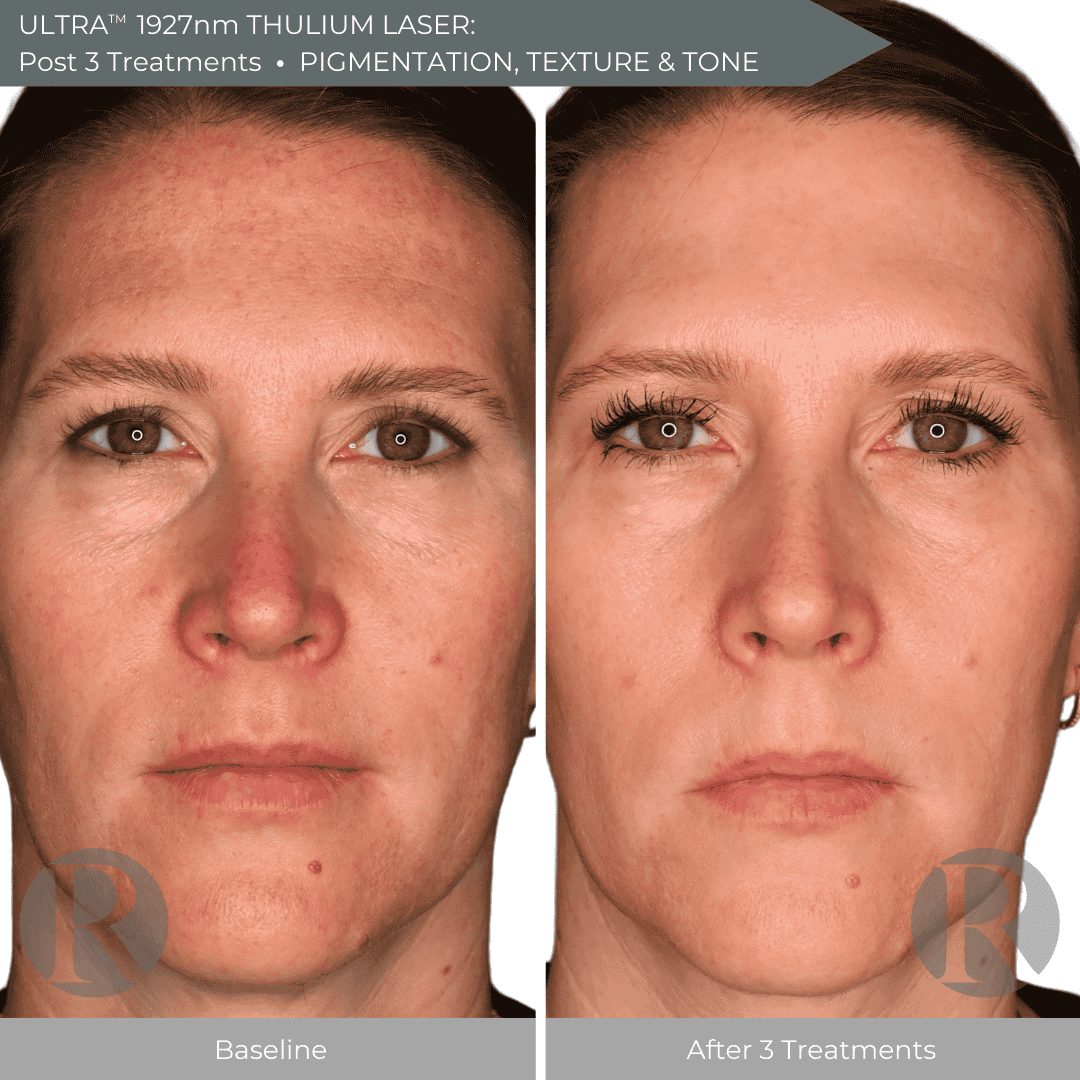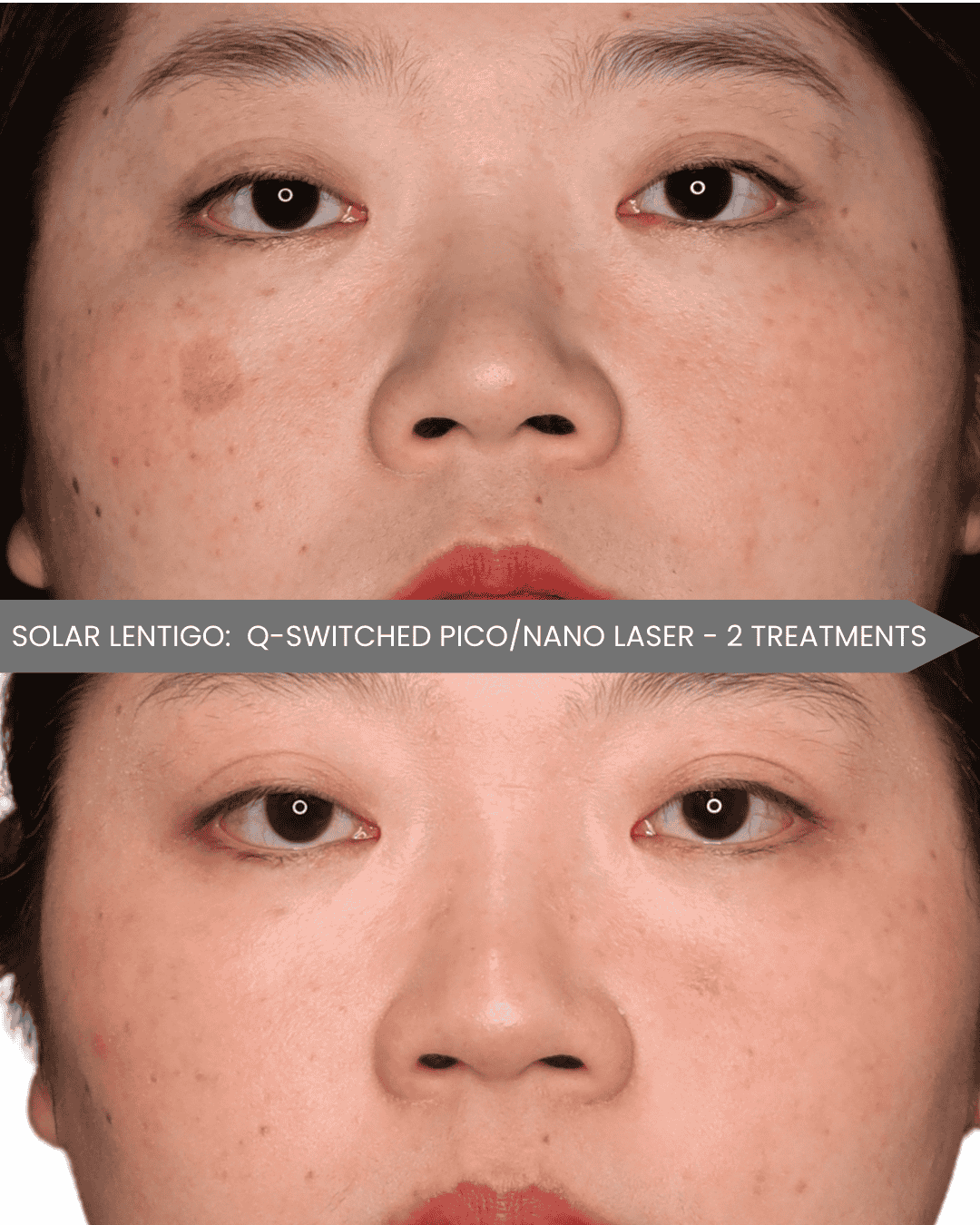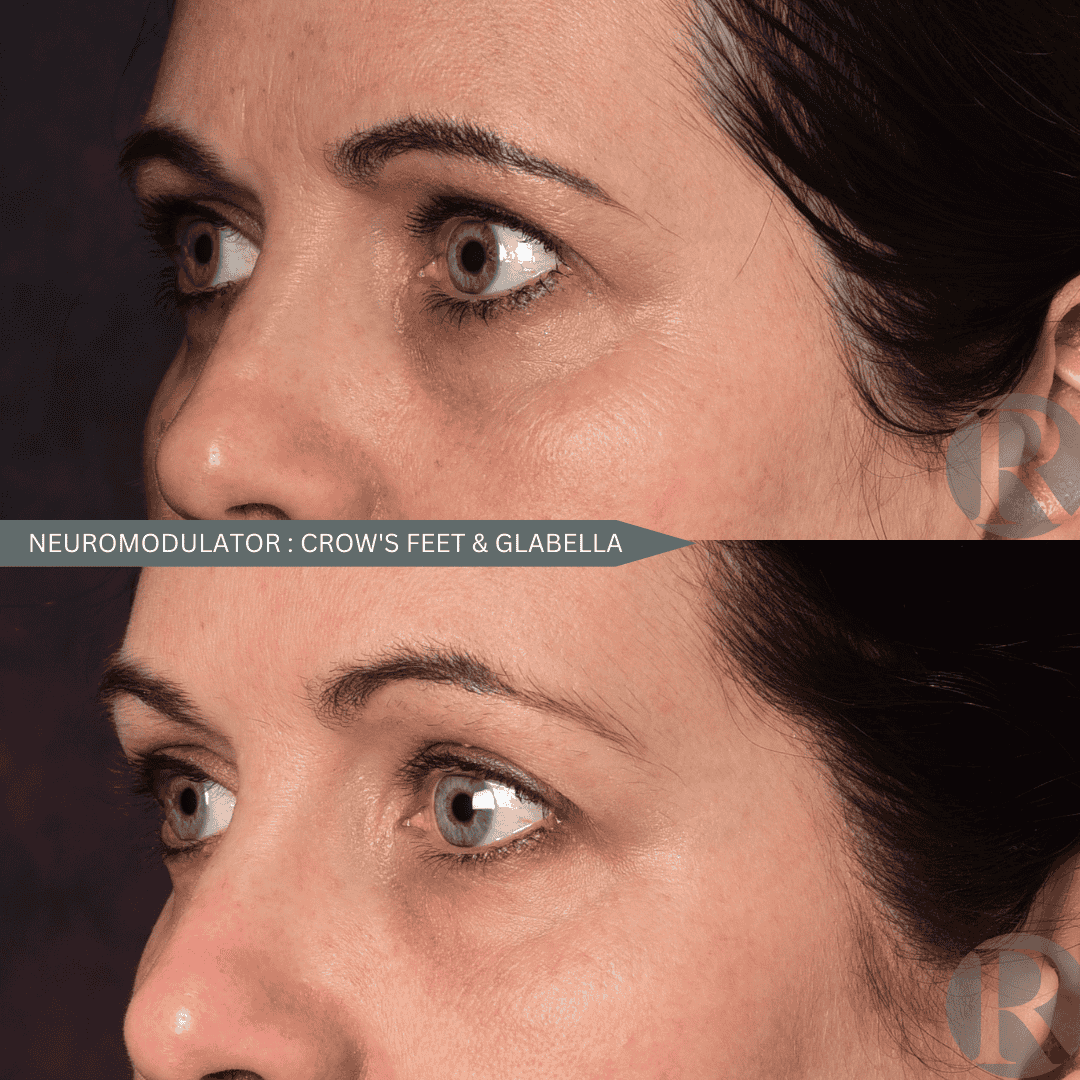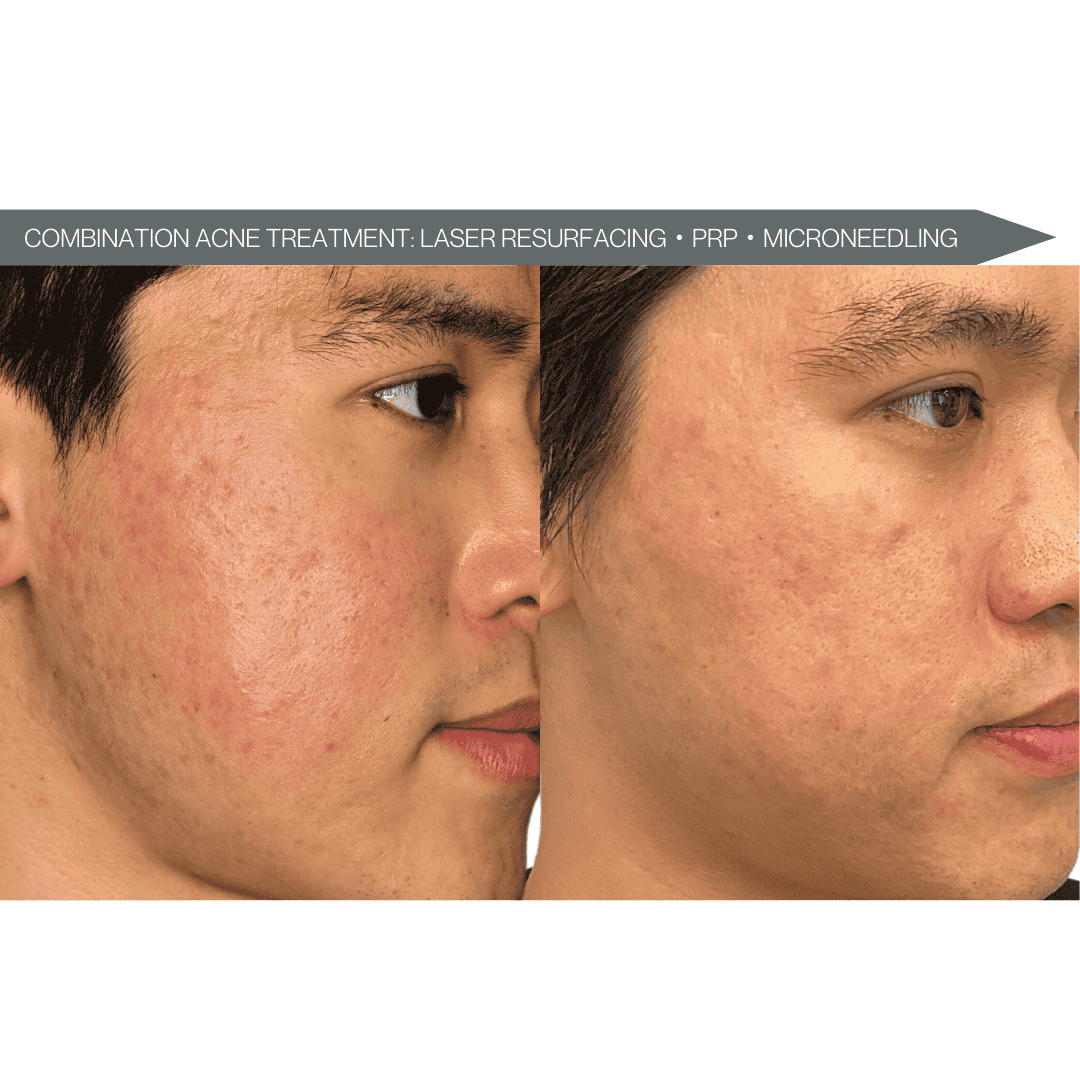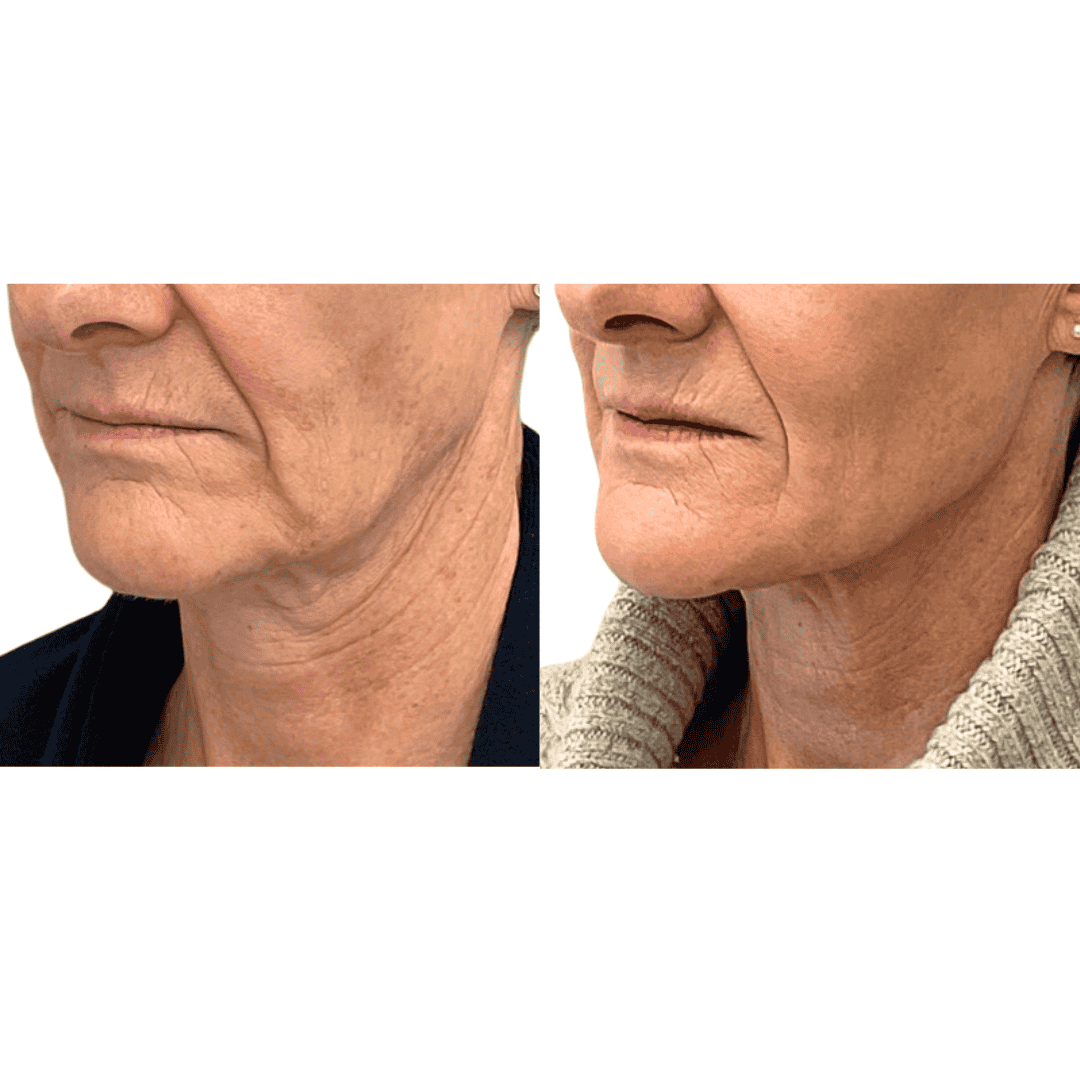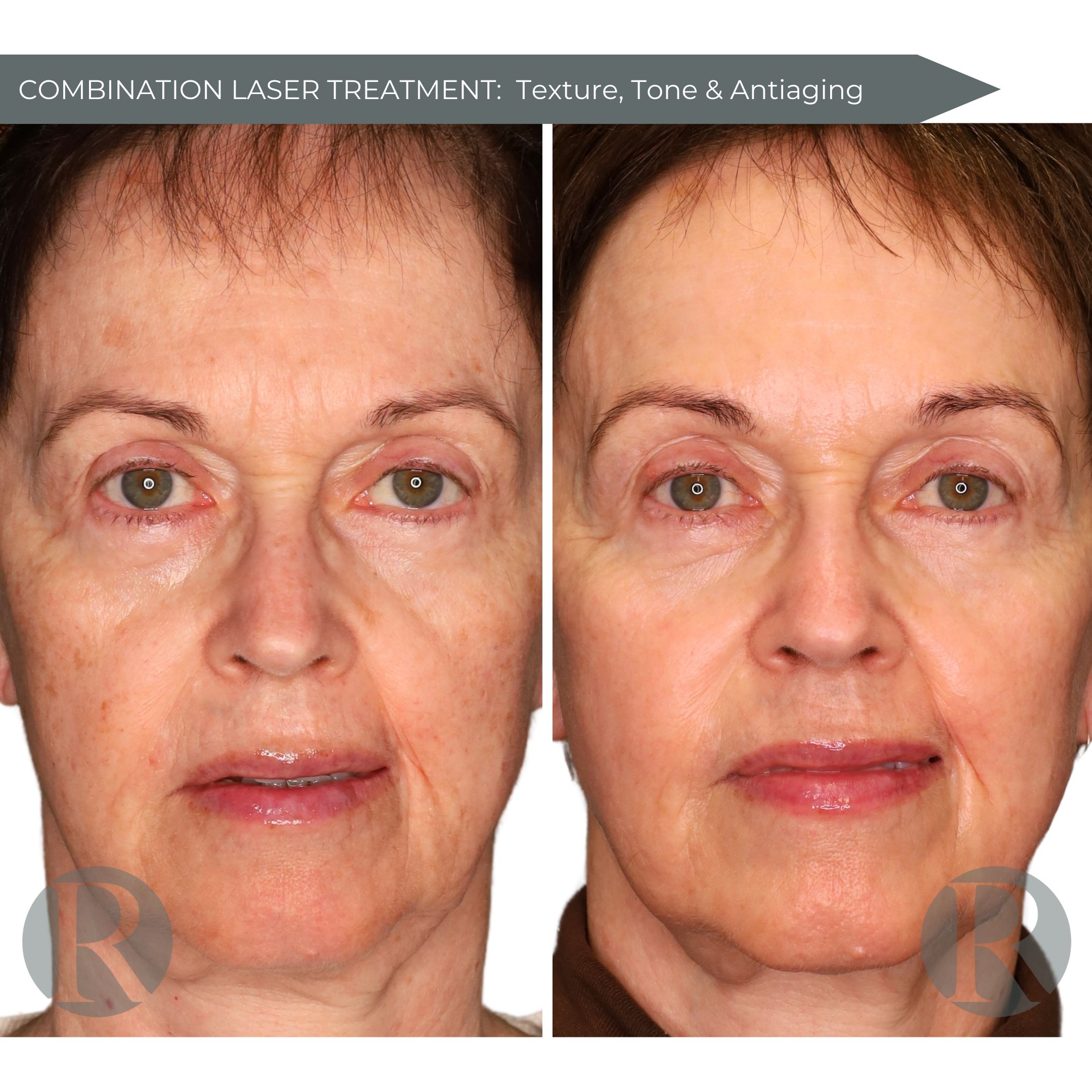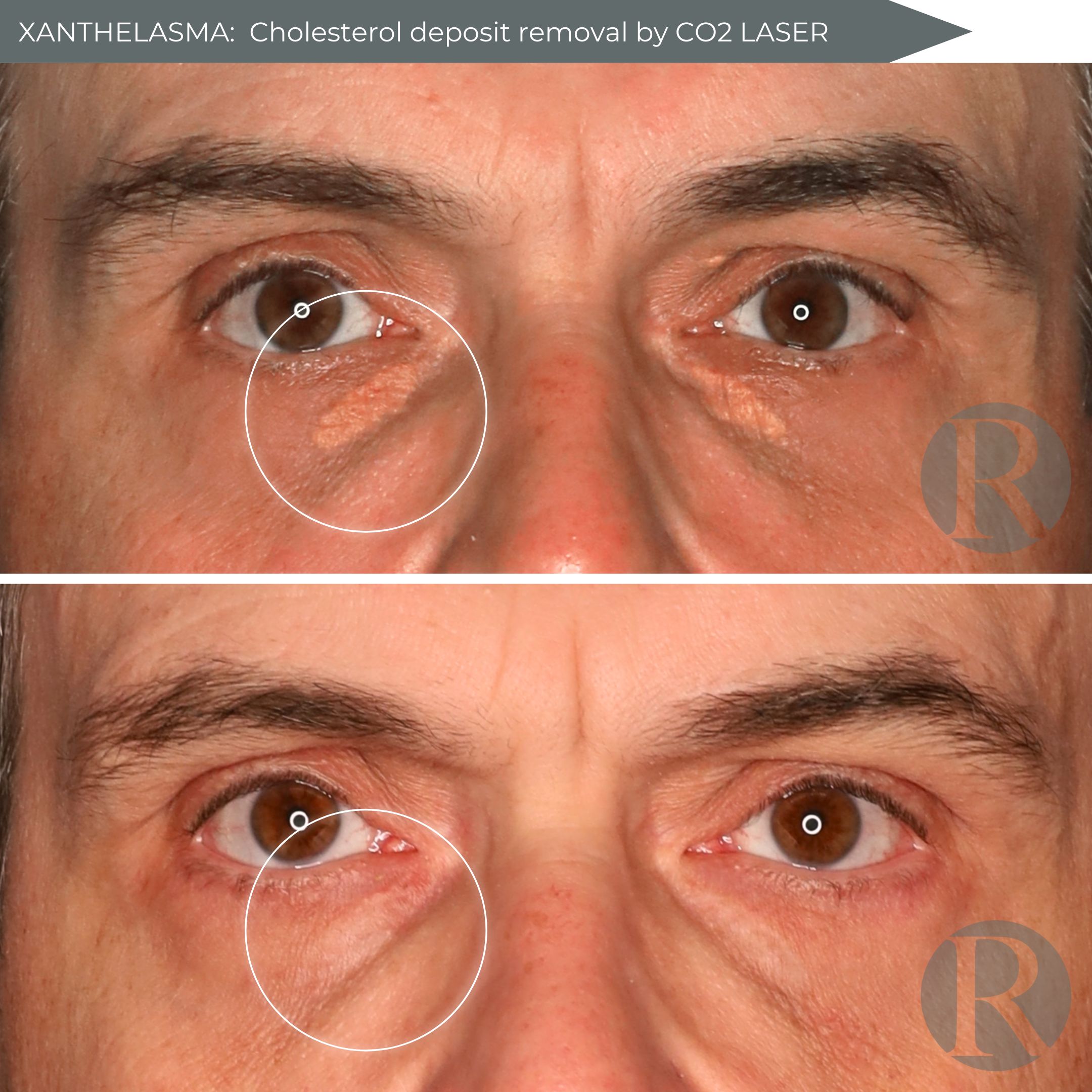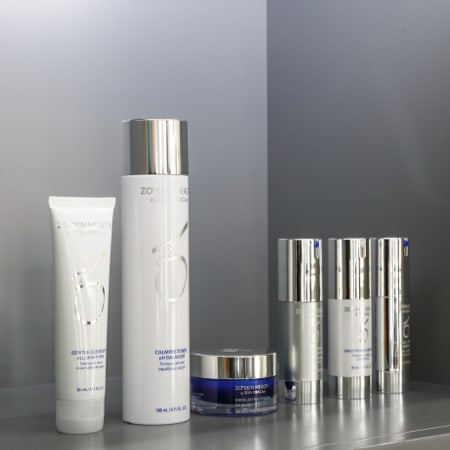Melanoma is a serious form of skin cancer that can manifest in a number of ways. Most often, it shows up as a new mole or a change to an existing mole. But not all melanomas look the same, and some can be more difficult to spot.
So, what does melanoma look like? Typically, melanoma has an irregular shape, multiple colours, and evolves over time. Learning what to look for—and knowing your skin—can help you detect melanoma early, when it’s most treatable.
What Is Melanoma?
Melanoma is a type of skin cancer that begins in melanocytes, the cells that produce melanin. While it’s less common than basal cell or squamous cell carcinoma, melanoma is more dangerous because it can spread (metastasize) to other parts of the body if not caught early.
Melanoma most often develops on sun-exposed areas like the face, arms, back, and legs, but it can also appear in areas that don’t usually get sun, like the soles of the feet, under nails, or even inside the mouth or eyes.
What Does Melanoma Look Like?
Melanomas usually appear as a new spot or an existing mole that starts to change. While they can vary in appearance, dermatologists use the ABCDE rule to help identify warning signs:
- A – Asymmetry: One half of the mole doesn’t match the other.
- B – Border: Edges are irregular, ragged, notched, or blurred.
- C – Colour: Varies from one area to another, but includes shades of tan, brown, black, sometimes white, red, or blue.
- D – Diameter: Often larger than 6 mm (about the size of a pencil eraser), but can be smaller when first detected.
- E – Evolution: Changes in size, shape, colour, or symptoms like bleeding or itching.
It’s also worth noting that not all melanomas follow this pattern—some can be subtle, especially amelanotic melanomas.
What Is Amelanotic Melanoma?
Amelanotic melanoma (or amelanotic malignant melanoma (AMM)) is a rare but potentially dangerous form of melanoma that doesn’t produce pigment. Unlike typical melanomas that appear dark or multicoloured, AMMs often look pink, red, or flesh-toned. This lack of pigmentation can make them harder to recognize and easier to mistake for benign skin conditions like a pimple or rash, or a low-risk skin cancer like basal cell carcinoma (BCC).
Because AMMs don’t look like traditional melanomas, they are more likely to be diagnosed at a later stage. This makes regular self-checks and dermatological exams even more important—especially if you notice any spot that looks “off” or doesn’t heal.
What Causes Melanoma?
The primary cause of melanoma is damage to the DNA of skin cells, typically from ultraviolet (UV) radiation from the sun or indoor tanning beds. When this DNA damage affects melanocytes, it can cause them to grow out of control, forming a melanoma.
However, not all melanomas are linked to sun exposure—genetics and other factors can also play a role.
Risk Factors for Melanoma
Anyone can develop melanoma, but certain factors increase your risk, including:
- Fair skin, freckles, or light hair
- A history of sunburns, especially blistering sunburns in childhood
- Excessive UV exposure from sun or tanning beds
- Family history of melanoma
- Personal history of skin cancer
- Having many moles or unusual moles (called dysplastic nevi)
- Weakened immune system, such as from certain diseases or medications
Melanoma can affect all skin types, but it may go unnoticed longer in people with darker skin tones, as it often appears in less visible areas like the palms, soles, or under nails.
Types of Melanoma
There are several types of melanoma, each with different features:
- Superficial Spreading Melanoma: The most common type. Spreads across the top layer of skin before penetrating deeper.
- Nodular Melanoma: Grows more rapidly and often appears as a raised bump that may be black, blue, red, or flesh-coloured.
- Lentigo Maligna Melanoma: Typically develops in older adults in sun-damaged areas, like the face or neck.
- Acral Lentiginous Melanoma: More common in people with darker skin; found on palms, soles, or under nails.
- Amelanotic Melanoma (AMM): Lacks pigment and can be difficult to detect visually.

Why You Should Check Your Skin
Skin self-exams are one of the most effective tools in detecting melanoma early. In fact, 53% of melanomas are first discovered by the patient themselves, with another 17% found by family members. Checking your skin monthly allows you to spot changes early and seek professional evaluation.
Here’s how to do a basic skin self-check:
- Use a mirror to examine your entire body, including your back, scalp, and the soles of your feet.
- Take note of any new moles or spots.
- Track any changes in existing moles.
- Watch for any sores that don’t heal.
If you see anything unusual, don’t wait—schedule a dermatological exam.
When to See a Dermatologist
Regular skin checks are an important part of your health routine. Schedule a yearly screening with your family doctor and perform regular at-home self-checks to monitor for any new or changing moles, spots, or skin growths. If your doctor notices something concerning, they can refer you to a medical dermatologist for further assessment and care.












